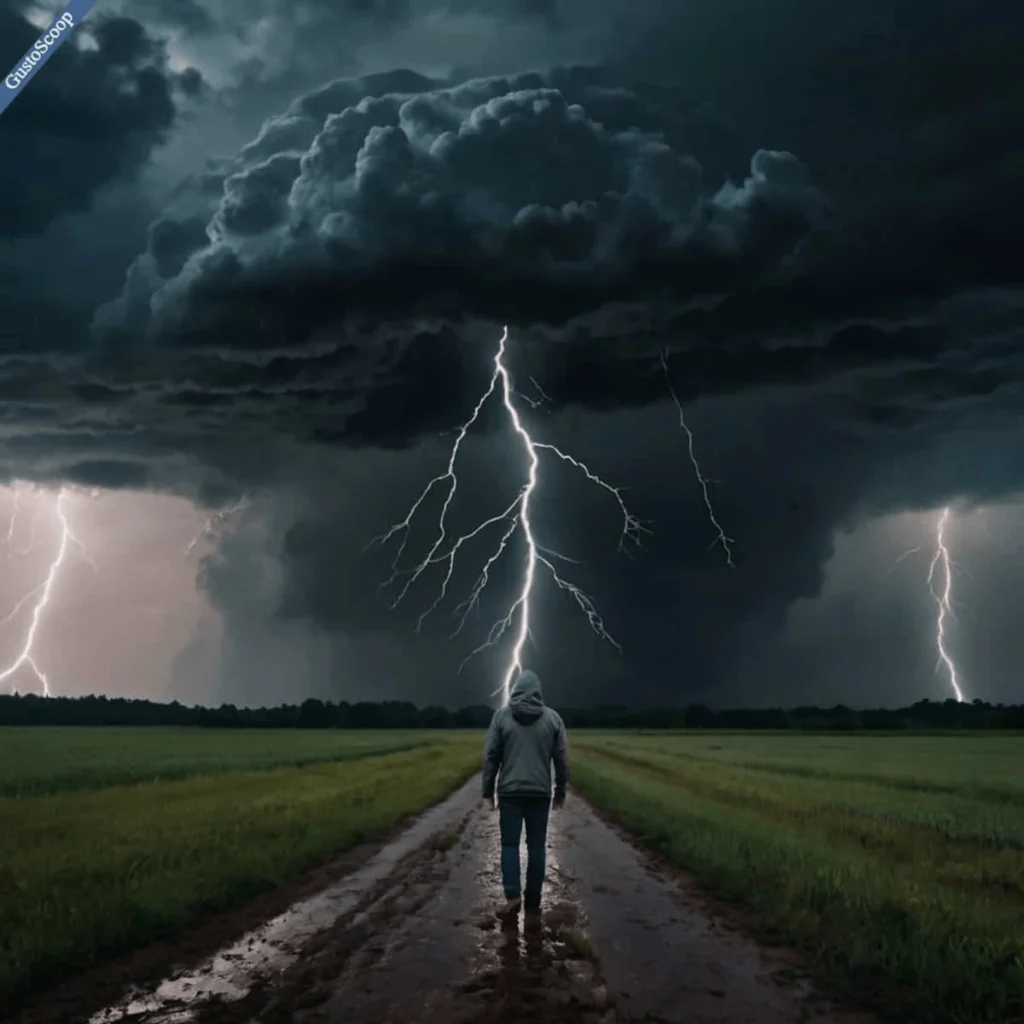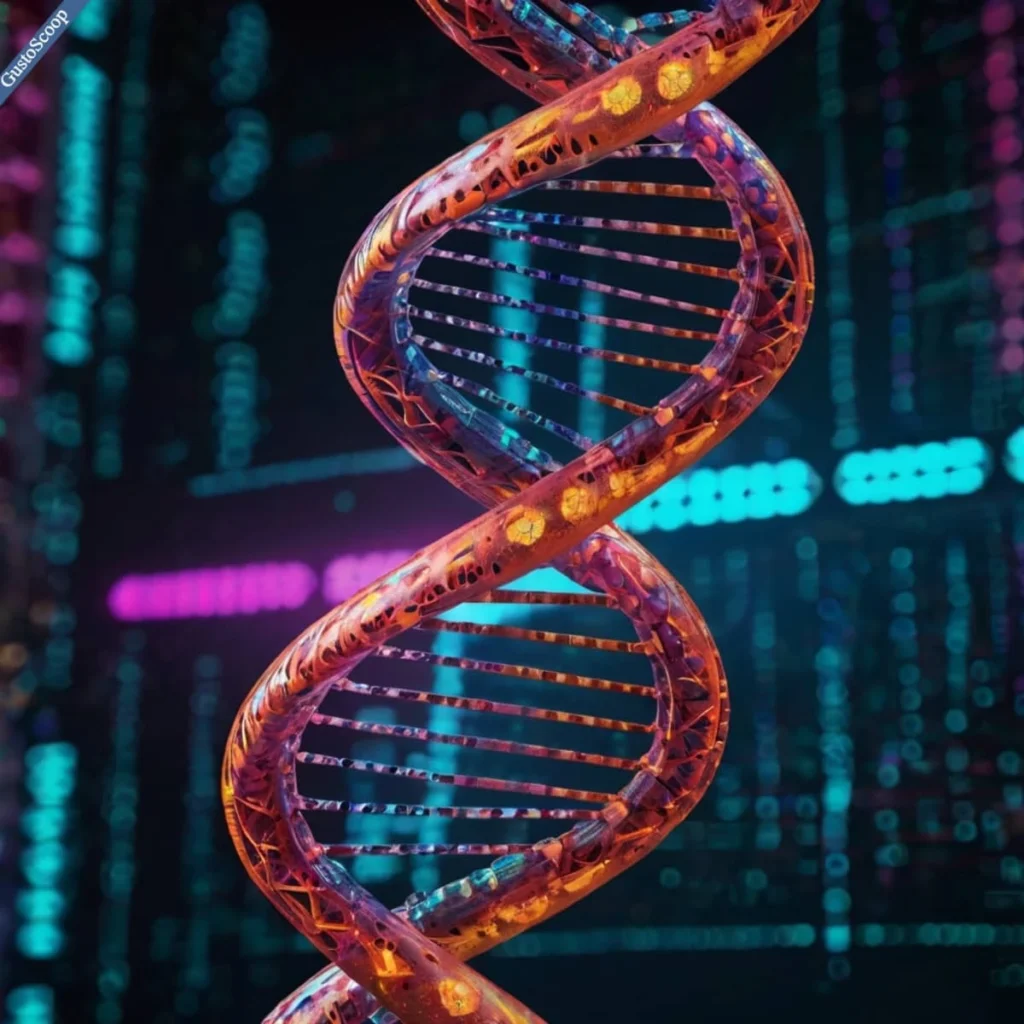Introduction
• Did you know 1 in 40 adults worldwide lives with bipolar disorder, yet 70% face misdiagnosis? This condition, often romanticized as a hallmark of “creative genius,” hides a brutal truth: a relentless rollercoaster of manic highs and depressive lows that disrupt relationships, careers, and self-worth. Behind the myth of artistic brilliance lie sleepless nights, crushing guilt, and isolation so profound it feels like drowning. In this article, we’ll strip away the stereotypes, dive into groundbreaking science, and share proven strategies—from ancient therapies to futuristic CRISPR tech—to help you or a loved one reclaim stability.

1. What Are Bipolar Disorders? Breaking Down the Basics
• Bipolar disorders are complex mental health conditions characterized by extreme mood swings, oscillating between manic euphoria and depressive despair. Imagine your brain as a car with no brakes—sometimes racing 100 mph (mania), other times stalled in a ditch (depression). These aren’t ordinary mood shifts; they’re seismic disruptions to daily life. According to a 2023 Molecular Psychiatry study, 3% of adults globally grapple with bipolar disorders, yet stigma and misunderstanding persist. The key to managing it? Recognizing it’s not a personality flaw but a medical condition rooted in biology.
2. The 5 Types of Bipolar Disorders: From Bipolar I to Cyclothymia
• Bipolar disorders aren’t one-size-fits-all. Bipolar I involves severe manic episodes—think sleepless weeks, reckless spending sprees, or delusional confidence—that often require hospitalization. Bipolar II, meanwhile, features hypomania (less intense highs) paired with crushing depressive lows. Cyclothymia is a chronic, milder form where mood swings linger for years, while Bipolar NOS (Not Otherwise Specified) defies traditional categories. The most exhausting variant? Rapid-Cycling Bipolar, where patients endure four or more mood episodes yearly. NAMI reports 20% of cases fall into this category, a relentless tug-of-war between extremes.
3. What Causes Bipolar Disorder? Genetics, Trauma, or Brain Chemistry?
• Bipolar disorder is a puzzle where genes, brain chemistry, and life trauma interlock. If a parent has it, your risk skyrockets to 80%, per a 2022 JAMA Psychiatry study. But genetics alone don’t tell the whole story. Brain scans reveal imbalances in dopamine (linked to reward and mania) and serotonin (which stabilizes mood). Trauma acts as a trigger: 45% of patients have histories of childhood abuse, per the ACE Study. Dr. Rachel Kim, a neuroscientist, explains: “Your genes load the gun, but trauma pulls the trigger. It’s like a car with faulty brakes—biology designs it, but life events determine the crash.”

4. Symptoms of Bipolar Disorder: Beyond ‘Mood Swings’
• Bipolar symptoms are far more nuanced than “up and down.” During mania, Sarah, a 28-year-old graphic designer, maxed three credit cards in 48 hours. “I felt invincible—like I could start a business, write a novel, and run a marathon all at once,” she recalls. But mania also brings insomnia, rapid speech, and impulsive decisions. The depressive phase is equally brutal: fatigue so heavy it’s hard to shower, unexplained body aches, and isolation. “I’d stare at my phone, too ashamed to reply to friends,” says Jake, 34. These extremes aren’t choices; they’re storms the brain can’t control.

5. Why Do People With Bipolar Isolate Themselves? The Shame Cycle
• Isolation isn’t a preference—it’s survival. A 2023 Journal of Affective Disorders study found 68% of bipolar patients avoid loved ones during episodes. Why? Post-mania shame haunts many. Priya, 29, describes ghosting friends after a manic episode: “I embarrassed myself at a party, so I hid for months.” Others fear judgment. “People think I’m ‘crazy’ or unreliable,” says Marcus, 41. Depression amplifies this—socializing feels impossible when even brushing teeth is a victory. The result? A vicious cycle: isolation worsens mood, which deepens isolation.

6. How to Survive Bipolar Disorder: 7 Science-Backed Strategies
• Medication: Lithium, a gold-standard treatment, cuts manic episodes by 50% but requires regular blood tests. Newer antipsychotics like Latuda target depression without weight gain.
• Therapy: Interpersonal and Social Rhythm Therapy (IPSRT) stabilizes daily routines. “Going to bed at 10 PM every night saved me,” says Lena, 22.
• Routine: Consistency is key. Marcus walks at 7 AM daily: “It’s my anchor, rain or shine.”
• Journaling: Tracking moods helps spot triggers. Sarah noticed stress at work often precedes mania.
• Support Groups: 60% of patients in groups like DBSA report better coping skills.
• Exercise: Just 30 minutes daily reduces episodes by 40% (Harvard, 2024).
• Emergency Plan: List crisis contacts and calming techniques (e.g., guided meditation).

7. Bipolar Disorder and Creativity: Myth or Reality?
• History glorifies bipolar disorder as a muse—Van Gogh’s starry nights, Virginia Woolf’s prose. Science offers a reason: during hypomania, the brain’s frontal lobes hyperconnect, boosting creativity (Nature Neuroscience, 2023). But romanticizing this is dangerous. Artist Elena, 27, warns: “I painted masterpieces at 3 AM, but the depressive crash left me suicidal.” Creativity isn’t a trade-off for suffering. As Dr. Torres notes: “Treat the illness; the art will follow.”

8. Breaking Stigma: Stories of Resilience
• Marc, 35 (CEO, Bipolar II): “Medication let me lead a Fortune 500 team. My diagnosis isn’t a weakness—it’s a challenge I manage.”
• Lena, 22: Art therapy helps her process rapid cycles. “Painting my moods makes them less scary.”
• Global Hope: WHO reports 60% of patients live fulfilling lives with treatment—proof recovery is possible.

9. The Future of Bipolar Treatment: Psychedelics, AI, and CRISPR
The next decade promises revolution:
• Psilocybin: MAPS trials show psychedelic therapy induces remission in 50% with bipolar depression (2024).
• AI Apps: Tools like “BipolarCoach” analyze sleep and speech patterns to predict episodes.
• CRISPR: Gene-editing could reduce genetic risks by 2030. “We’re close to rewriting bipolar’s code,” says geneticist Dr. Amir Patel.

10. FAQ: Answering Your Burning Questions
• Can bipolar disorder go away? No—but with treatment, many achieve long-term stability.
• Is bipolar linked to narcissism? No. This harmful myth conflates mood swings with personality.
• Can you live a normal life? Absolutely. Millions thrive with medication, therapy, and support.
Conclusion
• Living with bipolar disorder is a marathon, not a sprint—a journey of self-discovery, resilience, and small victories. From lithium to AI, we have more tools than ever to tame the storm. If you see yourself here, take heart: you’re not broken, just human. Reach out to a therapist, join a support group, or simply take a walk today. Every step forward is a triumph. And remember: behind the struggles lies a strength only those who’ve weathered the storm can know.
Resources for Further Help• National Alliance on Mental Illness (NAMI)
• Bipolar UK
• Psychology Today’s therapist directory

